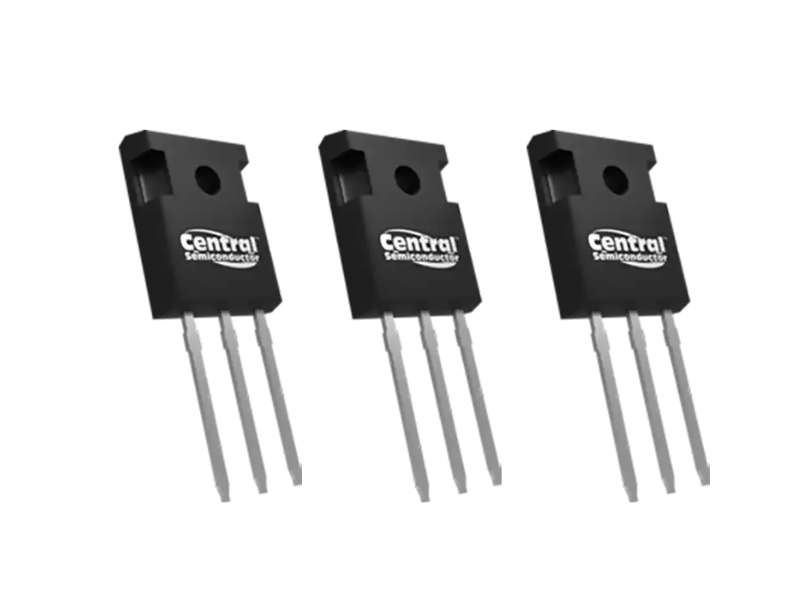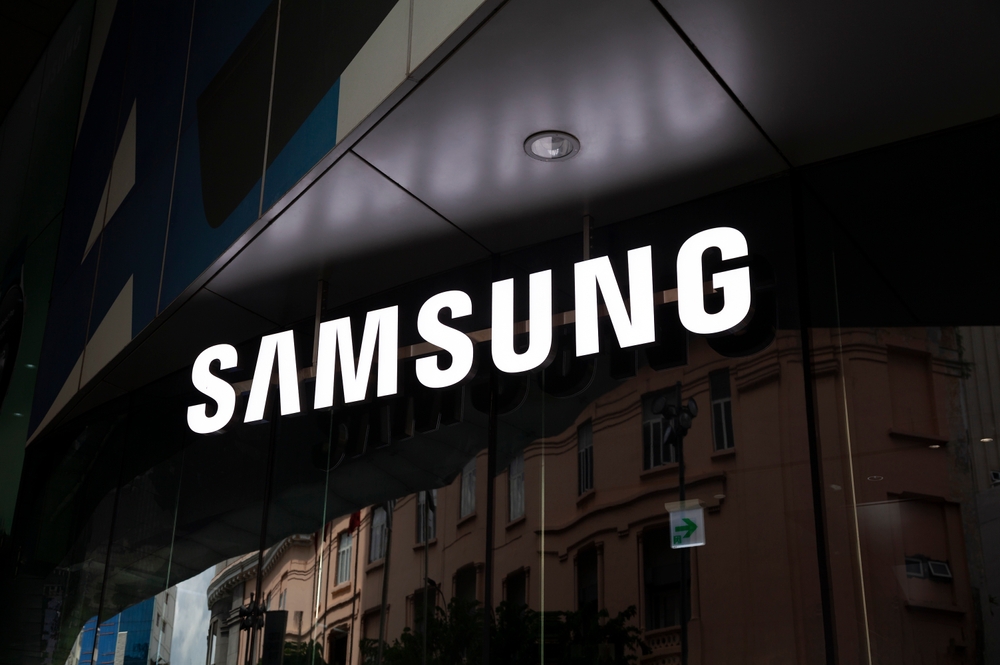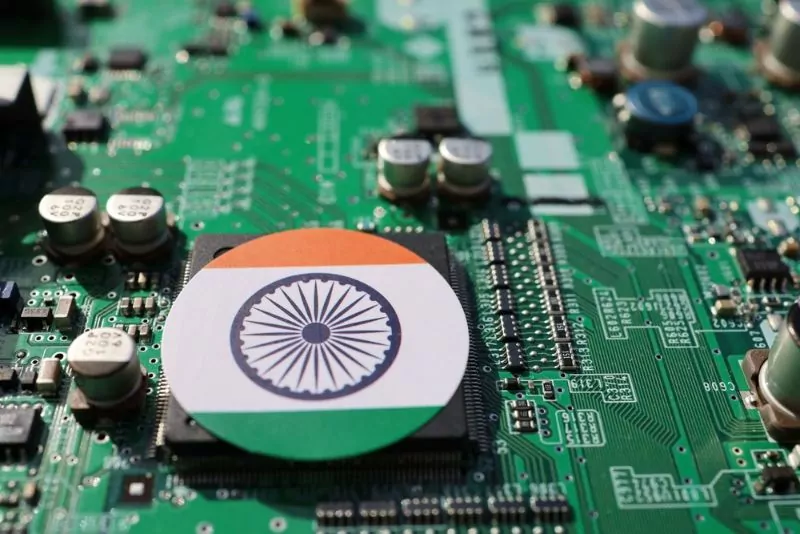EPSNews begins, “Apple designs in-house the ultra-complex processors that run an iPhone’s operating system. But the Cupertino, California, colossus can’t manufacture these chips. Nor can any company in the United States, Europe, Japan, or China. […] they can only be manufactured by a single company in a single building, the most expensive factory in human history”
The nearly 3-year-long global chip shortage has increased the West’s appetite for domestically-made chips. Unfortunately, it will be years before either region will produce chips on par with those made in Taiwan.
“Until recently, most western governments, including the European Union and the United States, were not concerned about the supply chain of semiconductors. They knew chips were coming from somewhere, and as long as the end products, such as appliances and vehicles, were manufactured locally, they were not worried about it. But the Covid-19 disruption, combined with the global chip shortage, made the risk of sourcing foreign-made chips painfully clear. The U.S. auto industry lost billions of dollars in production as factories sat waiting for semiconductors,” reports EPSNews.
Supply Chain Brain says, “Taiwan is “far and away” the leading global provider of semiconductors, with just two manufacturers responsible for 65% of the chips in use around the world, and 90% of the most advanced versions. Compare that with OPEC’s “dominance” in global oil production — a 40% share of total capacity — and the scale of the problem becomes painfully evident.
Given Taiwan’s dominance in semiconductors, what would happen if (or when) China invades, the prospect of which becomes more likely each passing day? “It would, at a minimum, cause a massive disruption in supply in the short term,” says John Ferguson, chief executive officer of TBM Consulting Group. There simply isn’t enough capacity elsewhere in the world to make up for the resulting shortfall, and the disruption would also have a ripple effect throughout almost all goods and services. Transportation networks, too, would be seriously affected by conflict in the seas and airspace around China.
To avoid electronics supply-chain disruptions, you may also wish to consult an expert in electronics component supply. With more than three decades of supply-chain expertise, Astute Electronics is ideally placed to work with you on your daily component requirements.
For more help with looking at supply chain options, contact Astute Electronics






